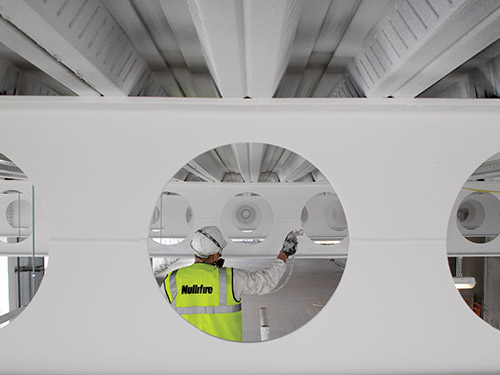
 |
Need Support? |
 Fire Protection
Different Types Of Intumescent Coatings And Their Benefits
Fire Protection
Different Types Of Intumescent Coatings And Their Benefits
There are a couple of ways to fireproof a building and normally they are mentioned as active fire protection and passive fire protection. While active fire protection requires a trigger...
